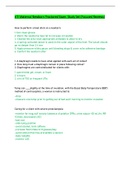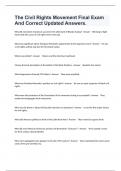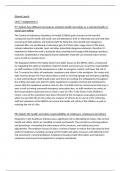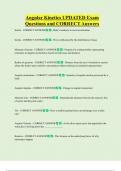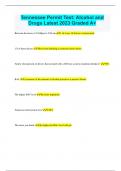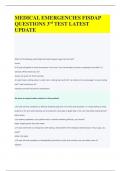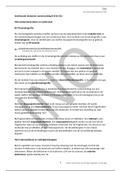Exam (elaborations)
Insufficient blood flow to a part of the body is defined as:
- Institution
- Advanced Physiology And Pathophysiology
Advanced Physiology and Pathophysiology Exam Midterm Exam (Latest 2024 / 2025 Update) Questions and Verified Answers 100% Correct Grade A Insufficient blood flow to a part of the body is defined as: a. hypoxia. b. hypoxemia. c. necrosis. d. ischemia. (Ans)- D A cellula...
[Show more]




